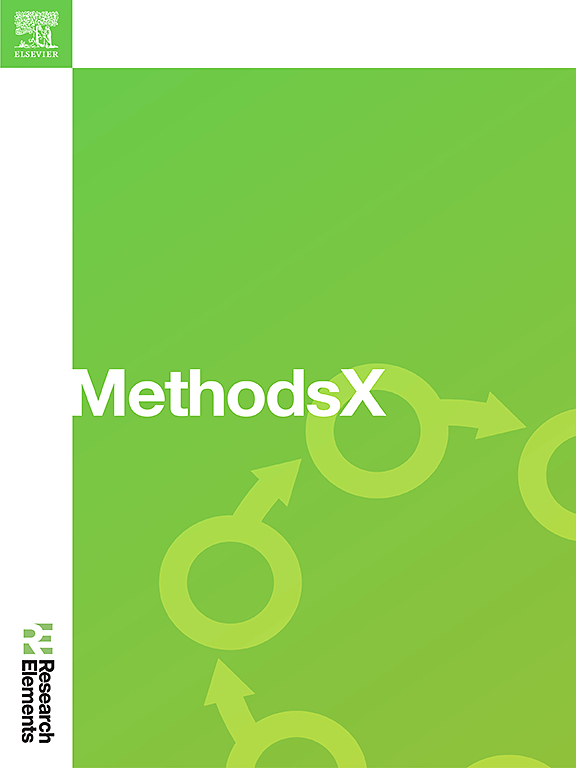Integrated structural analysis for geothermal exploration: A new protocol combining remote sensing and aeromagnetic geophysical data
IF 1.6
Q2 MULTIDISCIPLINARY SCIENCES
引用次数: 0
Abstract
Geothermal energy holds significant potential as a sustainable and clean source, yet efficient exploration methodologies remain critical for identifying viable sites. This paper presents a novel protocol for the identification and analysis of structural lineaments in geothermal fields, crucial for coherent geothermal exploration. The approach integrates surface data from remote sensing and data from airborne magnetic geophysical surveys that provide information on the subsurface structures, to analyze structural lineament density analysis, orientation, and high permeable zones, and assess geothermal potential. By combining information from these two sources, the study demonstrates the relationships between structural lineaments and areas of high permeability, shedding light on geothermal resource distribution. This twofold structural analysis not only enhances our ability to identify potential geothermal sites but also contributes to a deeper understanding of the geological factors influencing geothermal reservoirs. This integrated approach advances geothermal exploration in line with the global shift towards sustainable energy.
- •The straightforward nature of the approach enables its versatile application for predicting various geological processes beyond geothermal exploration.
- •The application of this protocol is accessible to a broader audience of researchers, as it does not require knowledge of programming language.
- •The results obtained from this approach demonstrate high predictive performance, underscoring reliability in identifying and analyzing structural elements in geothermal fields.

求助全文
约1分钟内获得全文
求助全文
来源期刊

MethodsX
Health Professions-Medical Laboratory Technology
CiteScore
3.60
自引率
5.30%
发文量
314
审稿时长
7 weeks
期刊介绍:
 求助内容:
求助内容: 应助结果提醒方式:
应助结果提醒方式:


